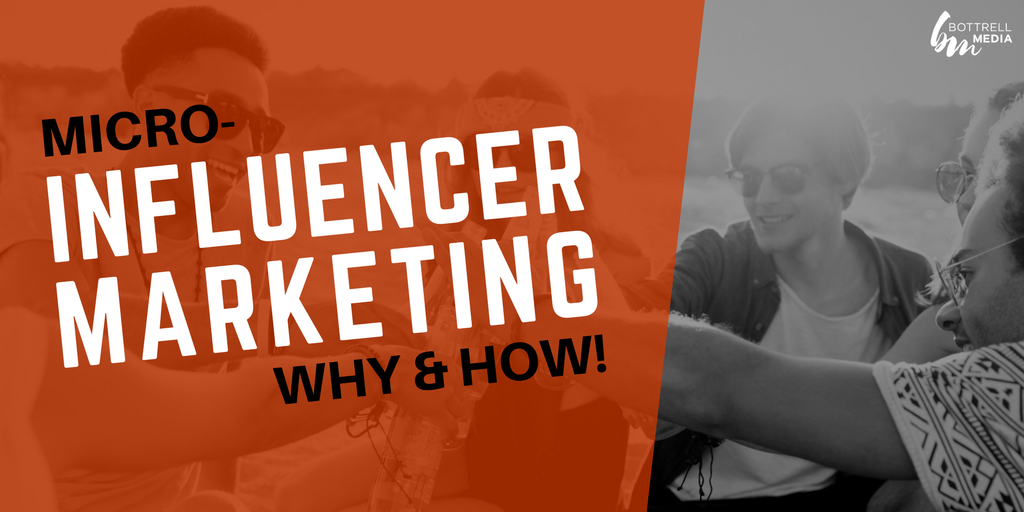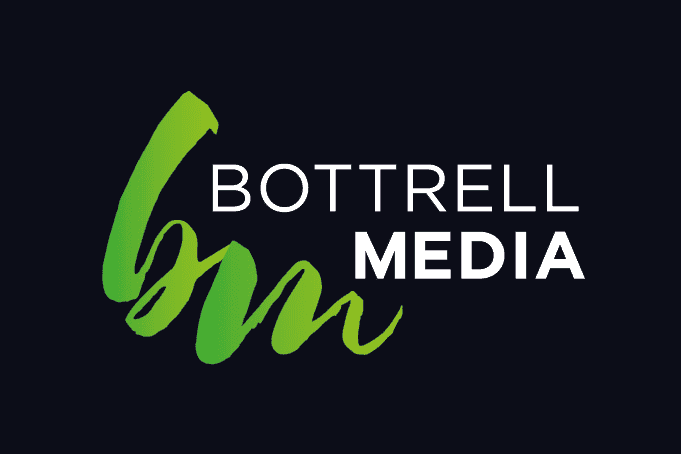
What are Micro-Influencers & Why You Need Them!
Influencer marketing has been all the rage for businesses in 2017, and it is expected to only grow in 2018. More and more businesses are interested, and the number of influencers is growing daily.
However, this form of marketing can be expensive (VERY EXPENSIVE), especially if you go straight to the top. That’s why a micro-influencer approach is suitable for small to medium businesses. Before we start to talk about micro-influencers and how to get them on board, here is something to be careful of.
What to be careful of?
Becoming an influencer is relatively easy in today’s environment, and is extremely popular for individuals around the globe. So, it is important to do you research on any potential influencers before you dive on in. Ensure their following is legit, and that their amount of likes and engagement on a post correspond to their amount of followers. In other words, if they have 200k followers and only get 500 likes on a post, steer clear! Users can buy followers, and have no ”real” followers who would be interested in your offering.
What are micro-influencers?
Micro-influencers have surged in the past few months. These are influencers with a niche engaged following (anywhere from 2,000-50,000 followers we say). They are passionate, knowledgeable and a trusted source within a category.
How to run a micro-influencer campaign
There are four steps to running a successful micro-influencer campaign, here is a quick overview of the steps required:
- Plan & Strategise – Consider the results you want to gain out of the campaign. It could be an increase in sales (where an influencer with powerful engagement is useful) or something like brand awareness (someone with more followers would be suited). Find a way to measure these metrics before you begin, so you can compare the results at the end of the campaign.
- Identify & Contact – Identifying appropriate micro-influencers isn’t difficult anymore. You can jump onto Instagram and head to the search section where a number of possibilities related to your Instagram account will show up. There are also a number of sites which offer micro-influencers (however these are mostly paid influencers) – if you do the research yourself, there is a greater chance they will do it for free and only request your product. To contact the micro-influencer, the two popular methods of contact is via Direct Message on Instagram or through Email if available. Ensure you pitch your campaign well, as you want to show benefits for both parties, not just your side.
- Coordinate – Work with your micro-influencer to find out how they will present your product, how many times they will post, what type of format they will use and when they should post it. This is a crucial, and often overlooked step. You must ensure the optimal factors are used when the time comes.
- Measure – When the campaign has finished, measure the same metrics you measures in step 1, and see the results. Consider whether your metrics have changes, how many sales did they drive? What was the ROI? What can you do differently next time?


